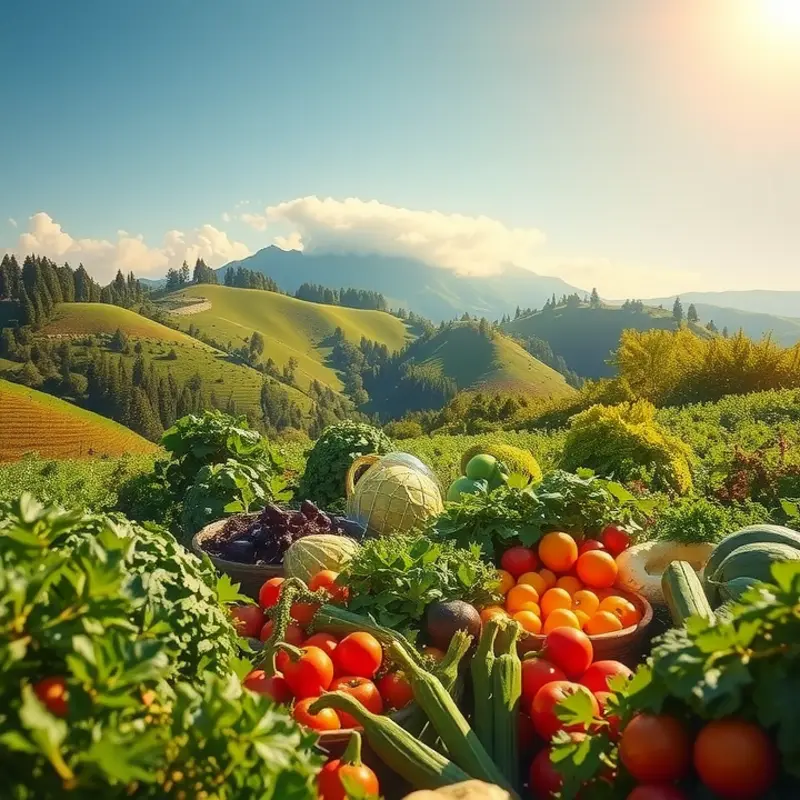Creating fluffy dough is both an art and a science, and even the most inexperienced cook can achieve perfection with the right techniques. Whether you’re making bread, pastries, or pizza, some basic principles can elevate your baking game. This guide will reveal the secrets to achieving light and airy dough, guiding you through each step with easy-to-follow tips that will help you improve your kitchen skills and confidence.
Essential Ingredients for Fluffy Dough

Creating the perfect fluffy dough relies on the harmonious selection and balance of key ingredients. Understanding the roles these elements play is essential for anyone serious about baking masterpieces.
Flour Type: The backbone of any dough is the flour, and selecting the right type is critical. High-protein flours, such as bread flour, contain more gluten, lending elasticity and strength to the dough. This elasticity not only helps capture and hold the gases produced by yeast but also contributes to the airy texture. For those seeking alternatives, exploring different flour types may be beneficial for achieving unique textures and flavors. For those curious about alternatives or dietary restrictions, consider this guide on cooking without gums.
Yeast Activation: Yeast is an indispensable ingredient responsible for leavening the dough. Understanding how to activate yeast correctly is a skill worth mastering. Use lukewarm water to awaken the yeast—too cold, and it will remain dormant; too hot, and it could die. Coupling yeast with a pinch of sugar can help kickstart the fermentation process. The tiny bubbles formed during this process will help give your dough its desired lightness.
Suitable Fats: Incorporating the right types of fat plays a crucial role in creating a tender crumb. Fats like butter or olive oil enrich the dough, enhancing its softness and flexibility. They interact with gluten proteins, hindering them from forming tight bonds, which can lead to a more tender and fluffy outcome. The choice of fat can also influence flavor, so consider what will best complement your dish.
Quality Ingredients: Opting for high-quality ingredients can elevate your dough beyond the ordinary. Fresh yeast, premium flour, and pure fats ensure your dough not only rises well but also tastes exceptional. Quality often shows in the final product, particularly when ingredients are minimized.
Moisture Balance: The moisture level in your dough determines its texture. Too little water, and your dough will be dry and tough; too much, and it can become sticky and unmanageable. The ideal dough is smooth and slightly tacky to the touch, indicating the right balance of moisture.
Mastering these foundational elements will set you on a path to dough perfection. By being mindful of ingredient quality and proportions, and understanding the science behind each component, you can create consistently fluffy and delectable dough.
Techniques for Perfecting Your Dough

Achieving the perfect dough requires mastering a series of techniques that may seem simple but greatly affect the outcome. Let’s delve into the essentials of kneading, resting, and shaping your dough, along with understanding the science of fermentation. These steps help create that ideal balance of texture and flavor.
Kneading is the foundation of great dough. It develops gluten, which gives dough its structure. Aim for a smooth and elastic consistency. Use the heel of your hand to push the dough away, fold it back, and turn it. Repeat this process for about 10 minutes. If the dough remains sticky, lightly flour your hands, but avoid over-flouring as it can make the dough tough.
Resting allows the gluten network to relax, making it easier to shape. Cover your dough and leave it in a warm, draft-free spot. This step is crucial for flavor development as the yeast ferments the dough, releasing carbon dioxide gas, which is trapped by the elastic gluten strands, resulting in a light, airy texture. Depending on the recipe, this can take anywhere from 30 minutes to several hours.
During shaping, handle the dough gently to preserve the air bubbles. This is critical for the final texture. Use a gentle rolling or stretching motion and shape it according to your needs. Practice techniques like folding to create layers, especially in pastries.
Incorporating air is pivotal. To do this, you can use techniques like dough folding during the rising phase. Carefully stretch out the dough and fold it over itself; this adds strength without deflating it.
The science behind fermentation involves yeast consuming sugars in the flour, producing carbon dioxide and alcohol, which contribute to the dough’s rise and flavor. This biological process can vary based on temperature and time. Cooler environments prolong fermentation, enhancing flavor, while warmer settings speed it up.
Common mistakes include over-kneading or under-kneading. Over-kneading makes the dough tough, while under-kneading prevents proper gluten formation, causing a dense texture. Another pitfall is adding too much flour, leading to a dry dough. Instead, rely on touch rather than sight to judge the dough’s readiness.
Troubleshooting Tips: If your dough isn’t rising, consider factors like yeast freshness or room temperature. If the dough is sticky and challenging to manage, give it time. Often, a bit of patience allows the dough to self-correct. Should your bread have a lackluster flavor, look into adjusting your fermentation time. Longer fermentations can vastly improve taste and complexity.
Understanding these elements not only improves the quality of your dough but also enriches your baking experience. For more on dough techniques, consider exploring practical ingredient batching, which helps streamline your bread-making process.
Final words
With these essential secrets and techniques in your baking repertoire, you’re well on your way to mastering fluffy dough. Remember, using quality ingredients and practicing the right techniques are key to achieving that sought-after light and airy texture. Be patient, experiment, and don’t hesitate to adjust your methods as you learn what works best for you. Each baking session is an opportunity to improve, so get in the kitchen and start unleashing your creativity. Fluffy, delicious baked goods await!







